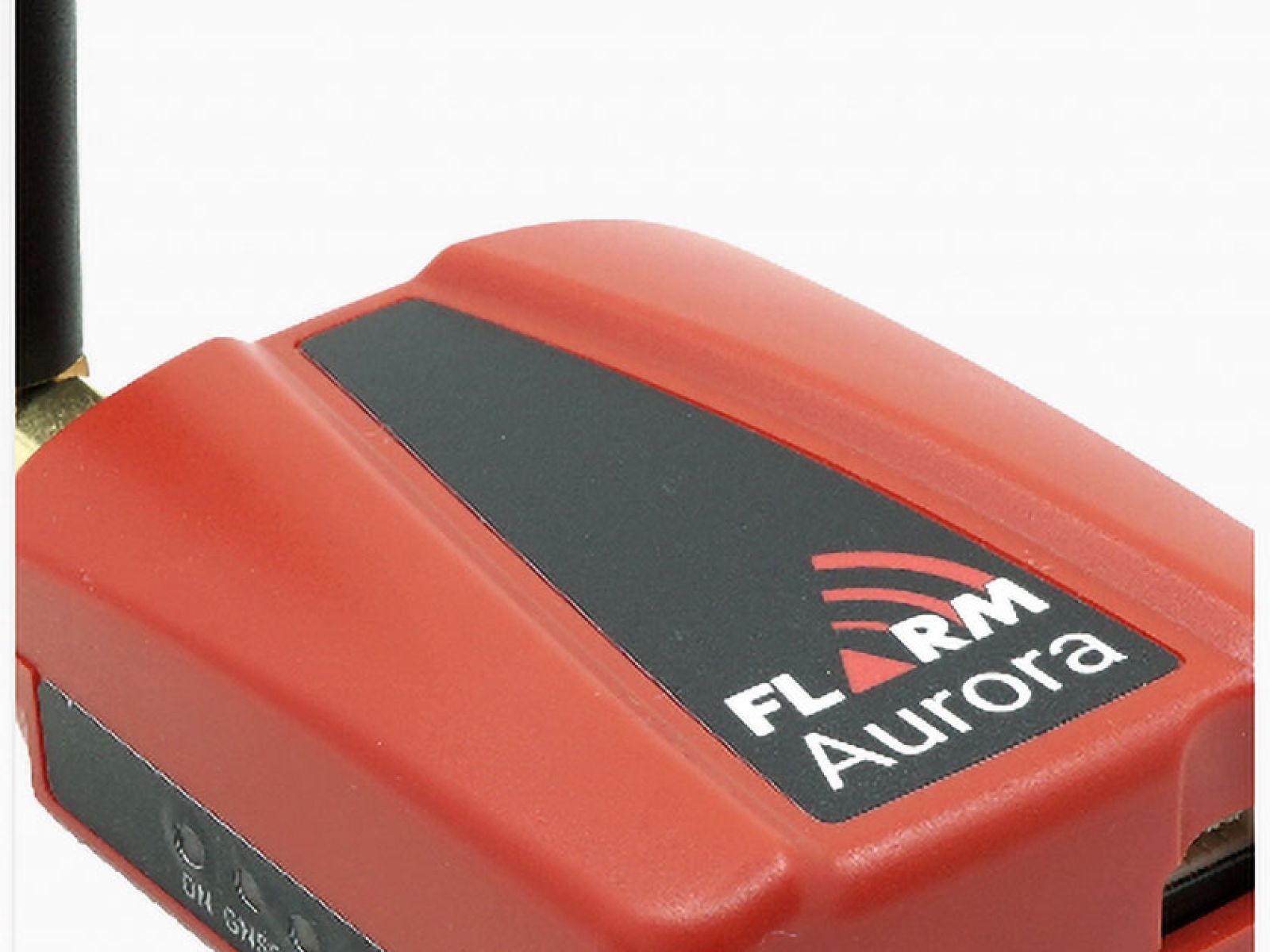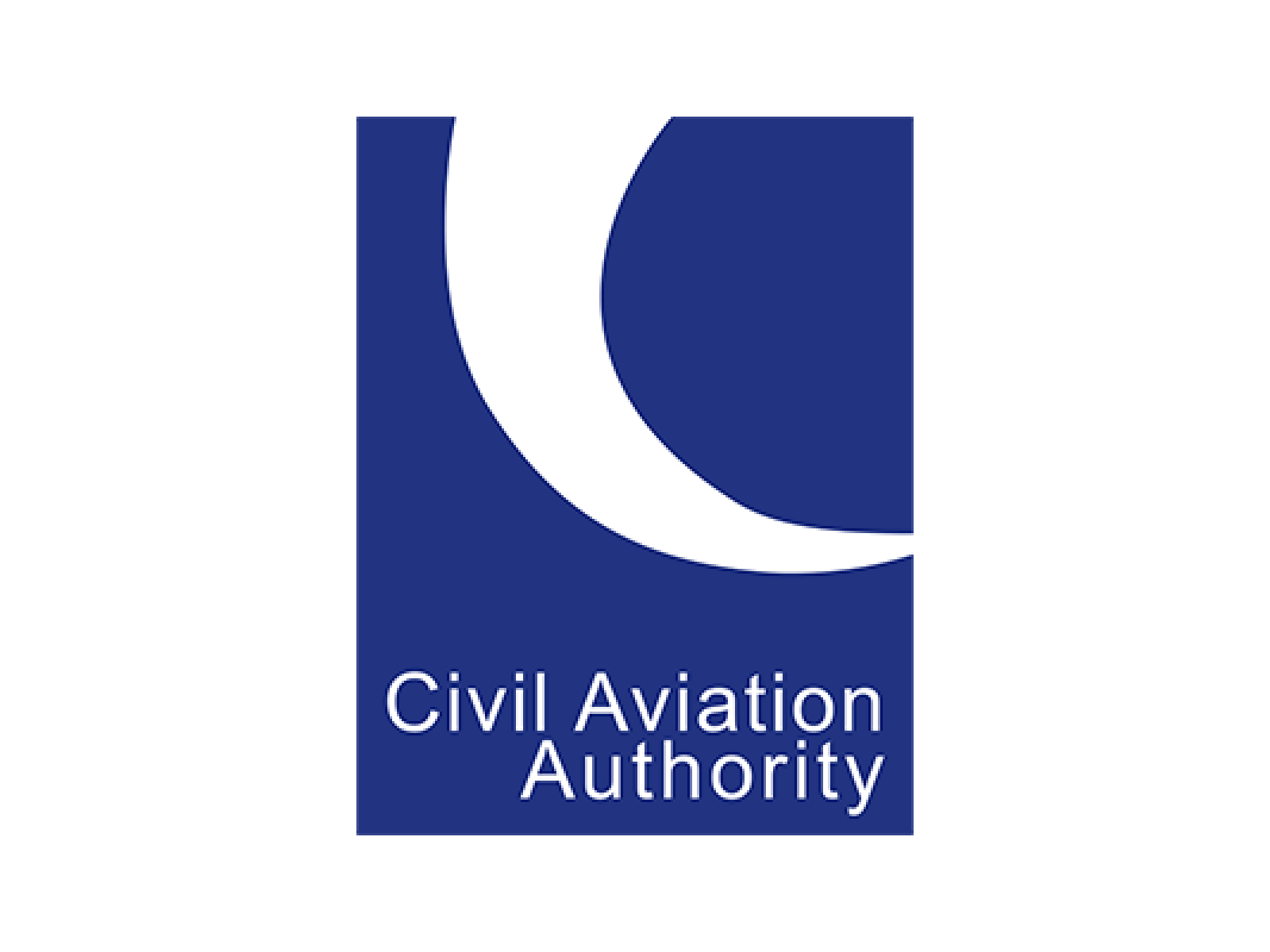Change in update policy
What is it all about?
One of the defining characteristics of the FLARM ecosystem from the outset was the obligation to carry out regular software updates: the devices are given an “expiration date” before which an update must be carried out. If the date is exceeded without an update, an error message is displayed and the device stops working.
The original model with update cycles of 3-4 years was replaced around 2015 by a rolling scheme in which the current software was always valid for at least 15 months: this means that users can be sure that their devices will always work if an update is carried out at least once a year, e.g. in spring. This update can be easily integrated into the annual maintenance cycle, as is usually the case in general aviation anyway.
Updates were (and are) made available by us in good time and free of charge on the website, for all generations of devices. Nevertheless, there are groups of users for whom an annual update is difficult to implement:
- In certified avionics, such as those used in rescue helicopters, a change to the software usually means an expensive and time-consuming recertification project.
- In the case of infrastructure devices, such as FLARM receivers in wind turbines, access is sometimes limited and difficult.
- In the case of paragliders or drones, there is usually no natural annual maintenance cycle. For these users, the update obligation represents an additional complexity.
The world is changing rapidly: the above use cases are playing an increasingly important role in the FLARM universe. For these reasons, we have decided to replace the update obligation with an alternative system.
It is about more than just sorting bits and bytes correctly: The entire process chain from the sensor to the radio packet to the display must be consistent in order to generate a reliable display in the cockpit. Aspects such as filtering sensor data, privacy protection, compliance with international standards, etc. must be taken into account. We have described our position on these issues in detail over the years(2008, 2015, 2019).
Mandatory updates are an effective way of improving and adapting the wireless protocol: At each expiration date, there is an opportunity to change the protocol. We have used this time and again since FLARM was created.
What is changing?
With communication protocols on the Internet, it is common to agree on a common version of the protocol when establishing a connection: As a rule, the highest possible version is used. If there are compelling reasons (such as a security problem), affected versions can be specifically deactivated.
Unfortunately, this procedure cannot be implemented directly for FLARM, as it is not a point-to-point connection: Each radio packet sent out can in principle be received by dozens of devices at the same time, all with different software versions. A connection is never established.
We therefore implement dynamic versioning: Devices select the version of the protocol sent out based on what they know about other devices in the vicinity. If a current device encounters a non-updated one, for example, it switches to an older protocol depending on the situation, e.g. depending on the distance or dangerousness of the other aircraft.
What happens next?
The switch to dynamic versioning is complex and requires extremely conscientious planning: dozens of device types from three generations, some with extremely limited resources, have to be taken into account. So we had to take our time to manage this without any interruptions: We have been working on the changeover for more than three years.
Hopefully by mid-2024, the time will have come and the first software updates without an expiration date will be available to download for most devices!
Do I no longer need to update my device?
We still recommend updating FLARM devices once a year. On the one hand, this corrects any errors in the software and adds new functions, and on the other hand, older versions are prioritized less by the network over time.


